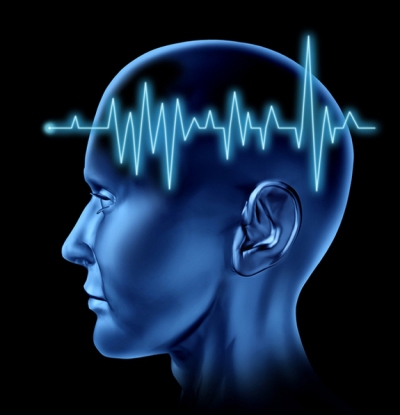Circulatory Shock
Circulatory Shock is a life-threatening condition as a result of insufficient blood flow throughout the body. Shock often accompanies severe injury or illness. Circulatory shock is a medical emergency and can lead to other conditions such as lack of oxygen in the body's tissues (hypoxia), heart attack (cardiac arrest) or organ damage. It requires immediate treatment as symptoms can worsen rapidly.
Circulatory shock is different than emotional or psychological shock that can occur following a traumatic or frightening emotional event.
There are several types of shock
Septic shock - results from bacteria multiplying in the blood and releasing toxins. Common causes of this are pneumonia, urinary tract infections, skin infections (cellulitis), intra-abdominal infections (such as a ruptured appendix), and meningitis. Septic shock is treated with antibiotics and fluids.
Anaphylactic shock - is a type of severe hypersensitivity or allergic reaction. Causes include allergy to insect stings, medicines, or foods (nuts, berries, seafood), etc. Anaphylactic shock is treated with diphenhydramine (Benadryl), epinephrine (an "Epi-pen"), and steroid medications (solu-medrol).
Cardiogenic shock - happens when the heart is damaged and unable to supply sufficient blood to the body. This can be the end result of a heart attack or congestive heart failure. Cardiogenic shock is treated by identifying and treating the underlying cause.
Hypovolemic shock - is caused by severe blood and fluid loss, such as from traumatic bodily injury, which makes the heart unable to pump enough blood to the body, or severe anemia where there is not enough blood to carry oxygen through the body. Hypovolemic shock is treated with fluids (saline) in minor cases, and blood transfusions in severe cases. The underlying cause of the bleeding must also be identified and corrected.
Neurogenic shock - is caused by spinal cord injury, usually as a result of a traumatic accident or injury. Neurogenic shock is the most difficult to treat as spinal cord damage is often irreversible. Immobilization, anti-inflammatories such as steroids and surgery are the main treatments.
How to Treat Shock in an emergency situation
- Call 911. Stay with the person until help arrives.
- While waiting for emergency services, check the person's airway, breathing and circulation (the ABCs). Administer CPR if you are trained. If the person is breathing on his or her own, continue to check breathing every 2 minutes until help arrives.
- Do NOT move a person who has a known or suspected spinal injury (unless they are in imminent danger of further injury).
- Have the person lie down. If there is an injury to the head, neck, or chest, keep the legs flat. Otherwise, raise the person's legs at least 12 inches, to increase blood flow to vital organs. If the person vomits, roll him or her to one side to let fluids drain from the mouth. If you think the person might have a neck or back injury, gently roll the person's head, neck, shoulders, and body together as one unit known as a logroll.
- Keep the person warm and comfortable. Loosen tight clothing and cover them with a blanket.
- Do not give fluids by mouth, even if the person complains of thirst. There is a choking risk in the event of sudden loss of consciousness.
- Give appropriate first aid for any injuries. Take the person's pulse in case medical staff on the phone need to know how fast or slow it is. Take it again if the person's condition changes.
- Try to keep the person calm.
What is the outlook for shock?
Prompt treatment of medical shock is essential for the best outcome. Moreover, the outlook depends on the cause of the shock, the general health of the patient, and the promptness of treatment and recovery.
Hypovolemic shock and anaphylactic shock respond well to medical treatment if initiated early.
Septic shock is a serious condition with a mortality rate of 24% to 50% according to some estimates. The sooner the infection is treated and fluids are administered, the greater the chances of success. Hospitals are now developing and utilizing specific protocols to identify and aggressively treat septic shock patients.
Cardiogenic shock has a poor prognosis, with only 1/3 of patients surviving. Because this type of shock results from injury or dysfunction of the heart it is often difficult to treat and overcome.
Spinal shock also has a very poor prognosis because the spinal cord mediates so many important bodily functions. There are currently very few effective treatments but medical research is making advances in the treatment of spinal injuries.

